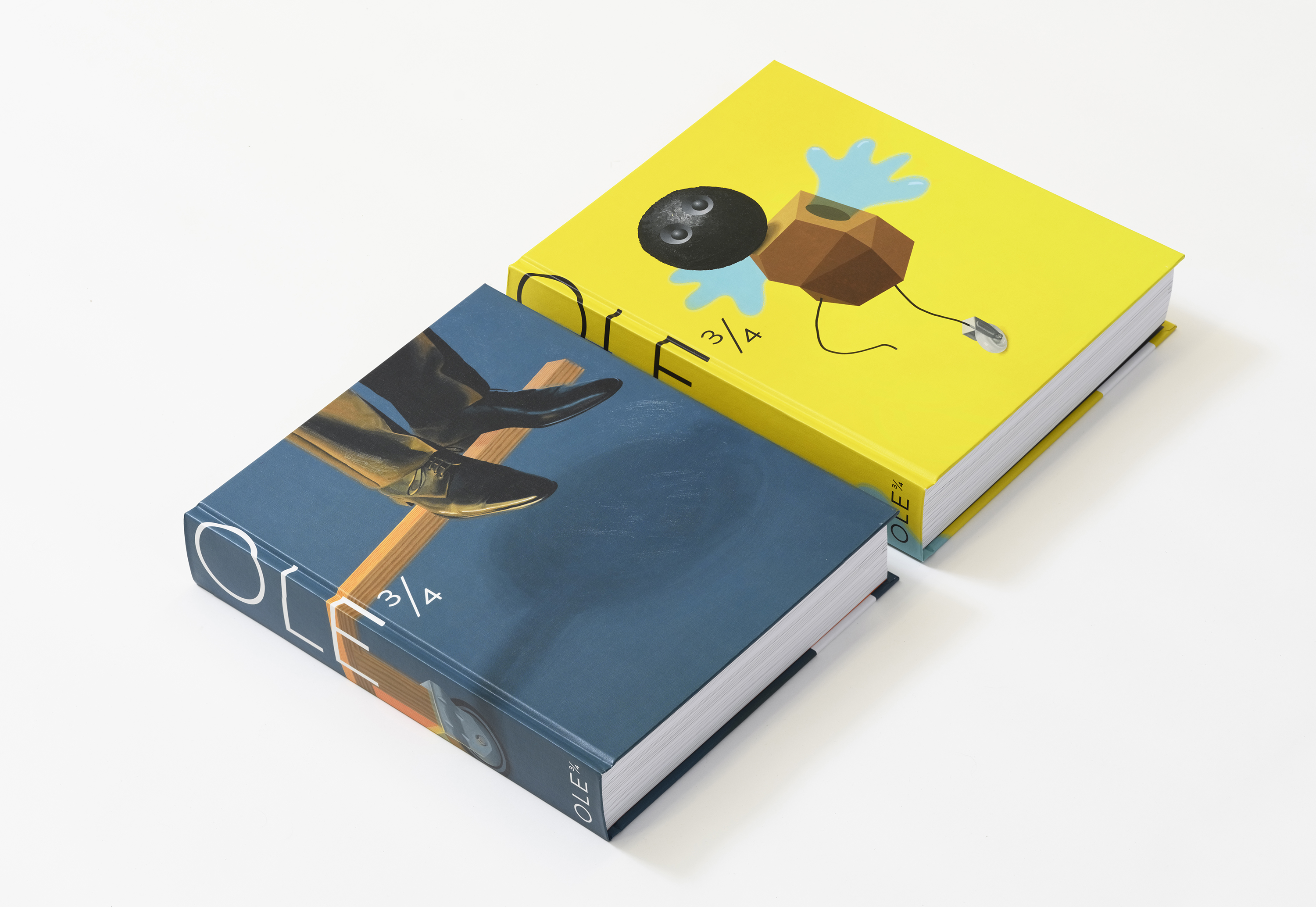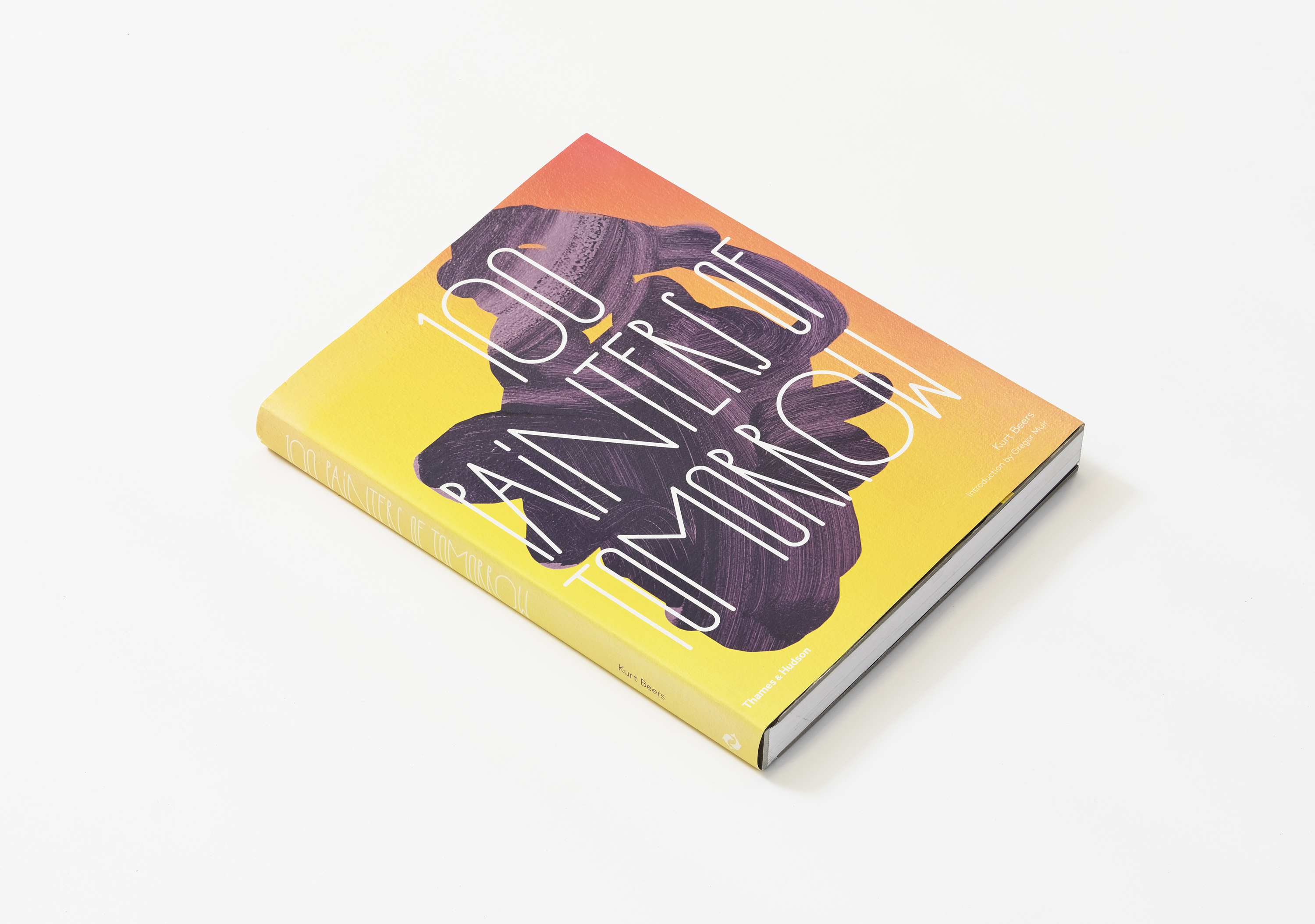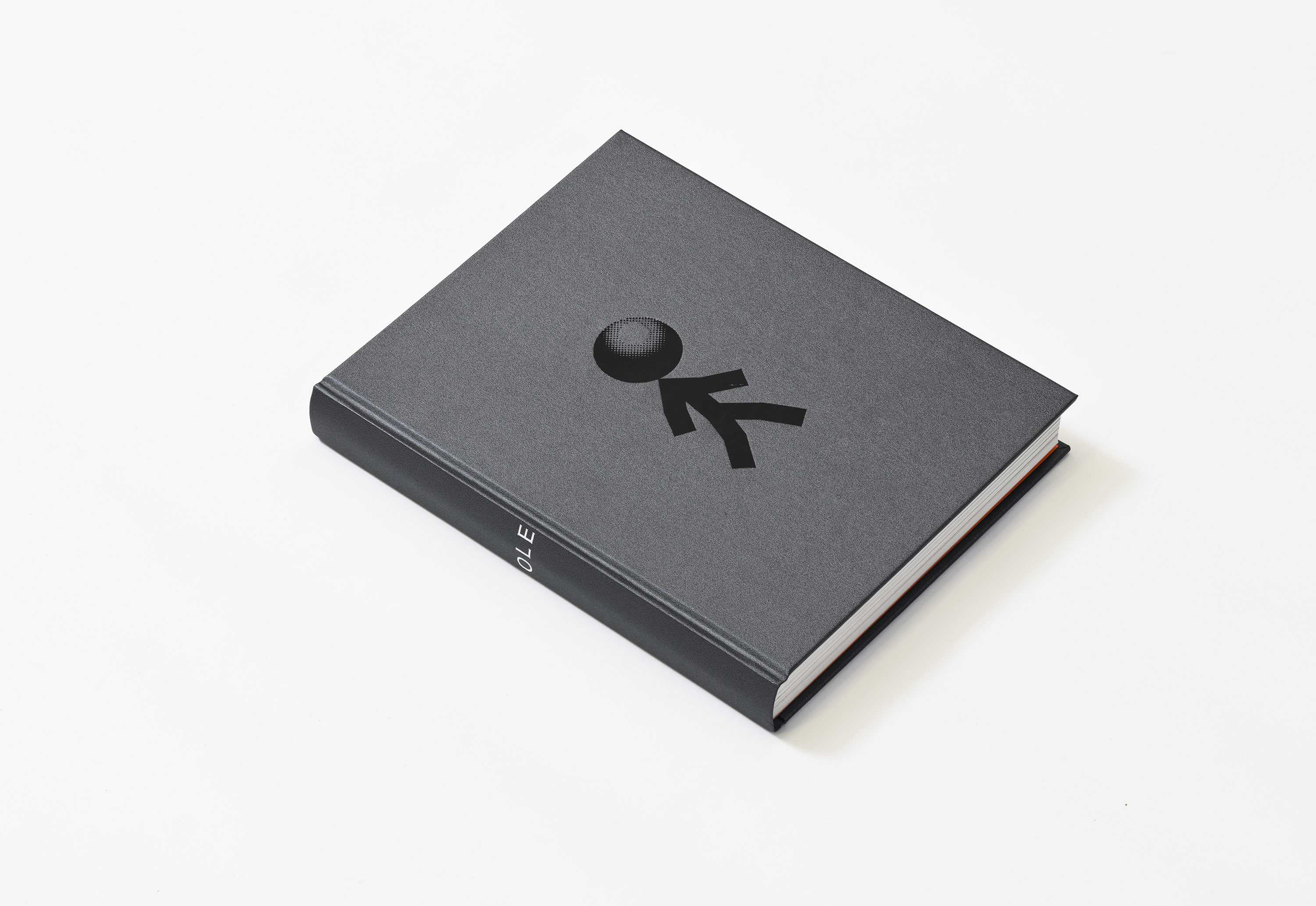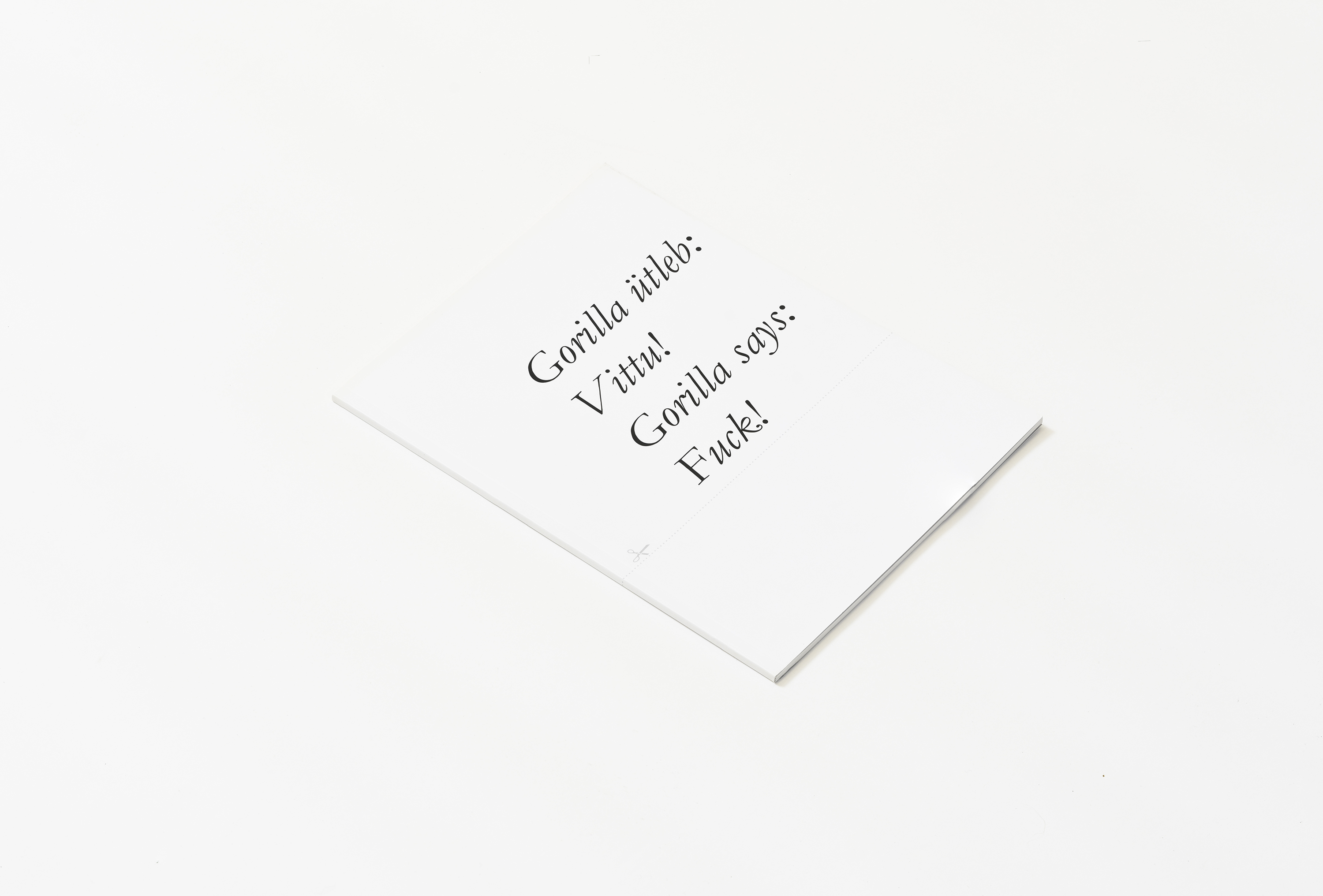This is the most comprehensive work about my practice as an artist, an attempt to create a book that would exist and endure. It includes almost all of my works, not including a very small number of works omitted for objective reasons. Since the approach to the works themselves was logical – get as many as possible between the covers of the book – we tried to vary the texts, finding writers from different perspectives.
Since the volume of the book was starting to put a strain on the binding, and due to design considerations, we decided that the physical version of the book would be completely in Estonian while the complete English translation would be available on this website. All of the Estonian-language texts in the book can also be found here.
324 × 255 mm, 553 pages, Estonian, translations into English on www.kaidoole.eu, hardcover, publisher Kaido Ole, designer Andres Tali, 2022
The book was published in connection with my solo exhibition Dance at the Lonely Hearts Club held in ARSENĀLS exhibition hall of the Latvian National Museum of Art in 2019, which was curated and co-initiated by Māris Vītols, one of the best-known private collectors in Latvia. Besides the pictures, most of which are the same as the works selected for the exhibition, the book includes texts from Vītols, Estonian art historian Eha Komissarov and Latvian psychoanalyst and psychiatrist Jānis Gailis. Gailis held five sessions with me beforehand, and contributed his writings based on them.
320 × 250 mm, 88 + 24 pages, English, Latvian and Estonian, hardcover, publisher Kaido Ole, designer Andres Tali, 2019
100 Painters of Tomorrow by Kurt Beers, 32.4 × 24.6 cm, 288 pages, English, hardcover, published by Thames & Hudson Ltd, 2014
The book picks up from the place where the last one ended and sums up my works from 2007 to 2012.
The written part consists of a bunch of e-mails, phonecalls, a few “official“ papers and many conversations. It should give an overview of what was going on both in my head and around me. The text is not strictly art-related, but it shows all the things that actually are related to art.
295 × 230 mm, 264 pages, Estonian-English, hardcover, published by Temnikova & Kasela gallery, design by Indrek Sirkel, 2012
The book contains an almost complete overview of my works from 1991 to 2006. It also includes a conversation between me and Eero Epner about personal and universal matters.
280 × 220 mm, 228 pages, estonian-english, hardcover, published by Estonian Academy of Arts, design by Andres Tali, 2007
The first and only print from the so-called Gorillas, which is not so much of a group, but rather represents a method or an attitude. The so-called Gorillas are still active to this day with the same concept, bursts of activity and varying members. The book is a summary of the first project and the visual material consists of collages from groupworks, some drawings and sketches on photographs. The text is a report from a meeting of the members from that period.
More info on the Gorillas can be found on a separate page on my website, from Urmas Muru or from the archive of the Centre for Contemporary Arts.
285 × 210 mm, 49 pages, Estonian-English, paperback, published by Tuntud Gorillad, designed by Tõnu Kaalep, 2006
This two-part print was for the John Smith project for the Venice Biennale in 2003. The thinner and larger booklet sums up the works of Marko Mäetamm and Kaido Ole as artists; it also includes a thorough introduction by Andres Härm on who or what John Smith really is.
The smaller book is John Smith’s diary, written in first person, describing the peculiar years that he spent in Rapla while observing Marko and Kaido. How it all started, what the process looked like and how it ended. Written in English with many grayscale illustrations.
Cataloque of Estonian exhibition on 50th International Art Exhibition of the Biennale di Venezia, 240 × 215 mm, 32 pages, in English, paperback.
Diary of John Smith, 167 × 123, 160 pages, in English, hardcover
Both published by Center for Contemporary Arts, designed by Andres Tali.






